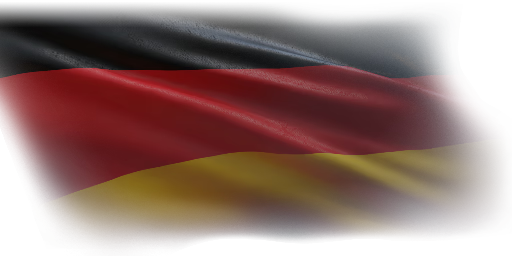
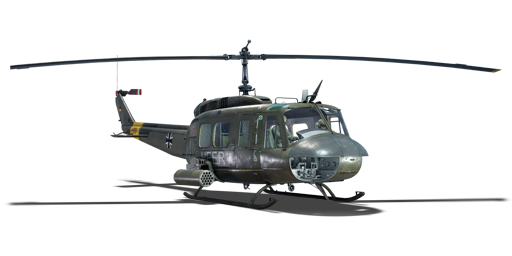



The Dornier UH-1D was a German version of the American UH-1 Iroquois, manufactured under licence in Germany. The success of the Iroquois helicopters did not go unnoticed by the US's allies: the government of West Germany also became interested in these machines, acquiring a licence to produce them in German factories. From February 1967 to the end of 1981, German aircraft manufacturers built 352 helicopters, designated UH-1D, to the standard of the American UH-1H model with a Lycoming T53-L13 engine. These helicopters remained in service with Germany until the 2020s.
Introduced in Update 1.83 "Masters of the Sea", the UH-1D takes on its predecessors abilities and improves upon them in almost every way. While it is not the fastest, it is a manoeuvrable helicopter that can be loaded to the limit with rockets or fitted with six guided missiles, allowing it to destroy enemy armoured vehicles from a safe distance. For hunting enemy helicopters, it can be equipped with powerful and rapid-fire Miniguns. However, much like its predecessors, it completely lacks any armour or defensive features.
| Name | Weight | Slot | ||||||
|---|---|---|---|---|---|---|---|---|
| 19 × | 233.7 kg | 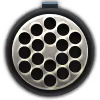 |  | |||||
| 22 × | 174.2 kg | 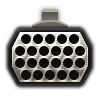 |  | |||||
| 3 × | 90 kg | 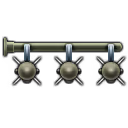 | ||||||
| 126.9 kg | 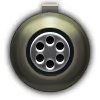 |  | ||||||
| 3 × | 90 kg | 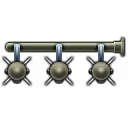 | ||||||












Flight performance |
|---|
Survivability |
|---|
Weaponry | ||
|---|---|---|